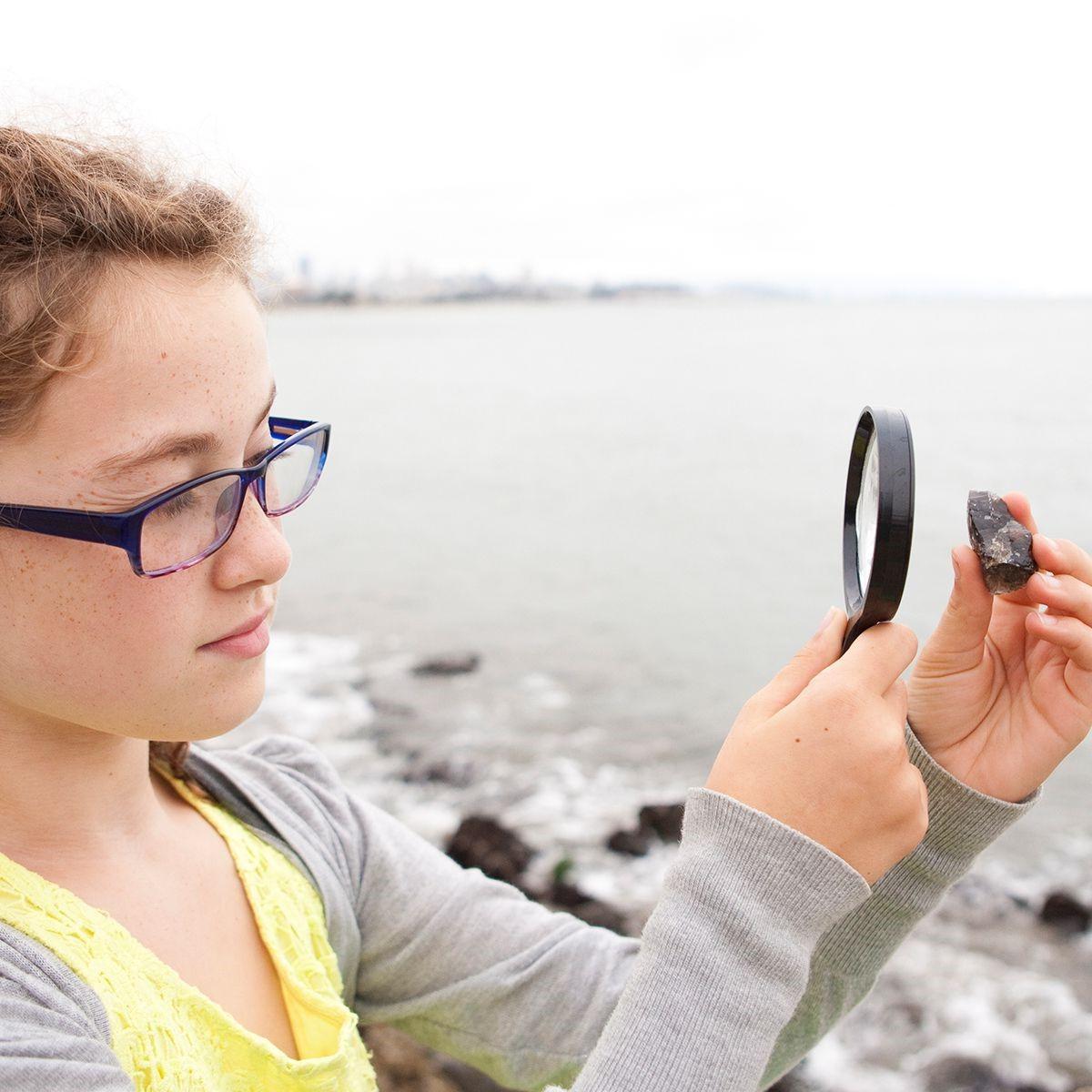The Function of Advanced Diagnostic Devices in Identifying Eye Disorders
In the realm of ophthalmology, the use of advanced diagnostic devices has actually revolutionized the early identification and monitoring of numerous eye disorders. As the demand for precise and timely diagnoses continues to expand, the assimilation of cutting-edge devices like optical comprehensibility tomography and visual field testing has ended up being essential in the realm of eye care.
Significance of Very Early Diagnosis
Early medical diagnosis plays an essential role in the effective management and treatment of eye problems. Timely recognition of eye problems is crucial as it enables punctual intervention, possibly protecting against additional progression of the condition and decreasing lasting difficulties. By detecting eye problems at a beginning, healthcare companies can offer ideal therapy strategies customized to the particular problem, ultimately bring about much better outcomes for individuals. Very early medical diagnosis allows clients to accessibility essential assistance services and sources sooner, enhancing their overall high quality of life.

Technology for Finding Glaucoma
Sophisticated analysis modern technologies play a critical role in the early discovery and monitoring of glaucoma, a leading reason for irreparable loss of sight worldwide. One such modern technology is optical coherence tomography (OCT), which gives thorough cross-sectional photos of the retina, permitting the dimension of retinal nerve fiber layer thickness. This measurement is vital in evaluating damage brought on by glaucoma. One more sophisticated device is visual field screening, which maps the level of sensitivity of an individual's visual field, assisting to spot any locations of vision loss characteristic of glaucoma. In addition, tonometry is used to determine intraocular pressure, a significant threat variable for glaucoma. This examination is important as raised intraocular stress can cause optic nerve damages. In addition, more recent modern technologies like making use of expert system algorithms in evaluating imaging information are revealing promising outcomes in the early discovery of glaucoma. These advanced analysis tools enable eye doctors to identify glaucoma in its early phases, enabling timely intervention and far better monitoring of the illness to stop vision loss.
Duty of Optical Comprehensibility Tomography

OCT's capability to measure retinal nerve fiber layer thickness enables for accurate and objective measurements, helping in the early detection of glaucoma also prior to visual area issues end up being obvious. OCT modern technology allows longitudinal monitoring of architectural changes over time, facilitating tailored therapy strategies and prompt interventions visite site to help protect clients' vision. The non-invasive nature of OCT imaging additionally makes it a preferred selection for keeping an eye on glaucoma development, as it can be duplicated on a regular basis without triggering pain to the individual. Generally, OCT plays an essential duty in enhancing the diagnostic precision and monitoring of glaucoma, ultimately adding to better results for people in danger of vision loss.
Enhancing Diagnosis With Visual Field Screening
A necessary part in detailed ophthalmic analyses, visual area testing plays a pivotal duty in improving the analysis procedure for various eye disorders. By assessing the complete degree of a client's aesthetic field, this examination offers essential details regarding the practical stability of the whole visual pathway, from the retina to the aesthetic cortex.
Aesthetic area testing is especially valuable in the medical diagnosis and administration of conditions such as glaucoma, optic nerve disorders, and various neurological diseases that can affect vision. Via measurable dimensions of peripheral and main vision, medical professionals can find subtle modifications that might indicate the presence or progression of these problems, also prior to obvious symptoms occur.
Furthermore, visual area screening permits the tracking of therapy effectiveness, helping eye doctors customize therapeutic treatments to private people. eyecare near me. By tracking adjustments in aesthetic field efficiency with time, doctor can make enlightened decisions about readjusting medicines, suggesting more information medical interventions, or applying various other appropriate procedures to maintain or enhance an individual's aesthetic feature
Managing Macular Degeneration

Final Thought
In conclusion, progressed analysis tools play a critical function in recognizing eye problems early on. Technologies such as Optical Coherence Tomography and visual area testing have actually substantially enhanced the precision and effectiveness of diagnosing conditions like glaucoma and macular degeneration.